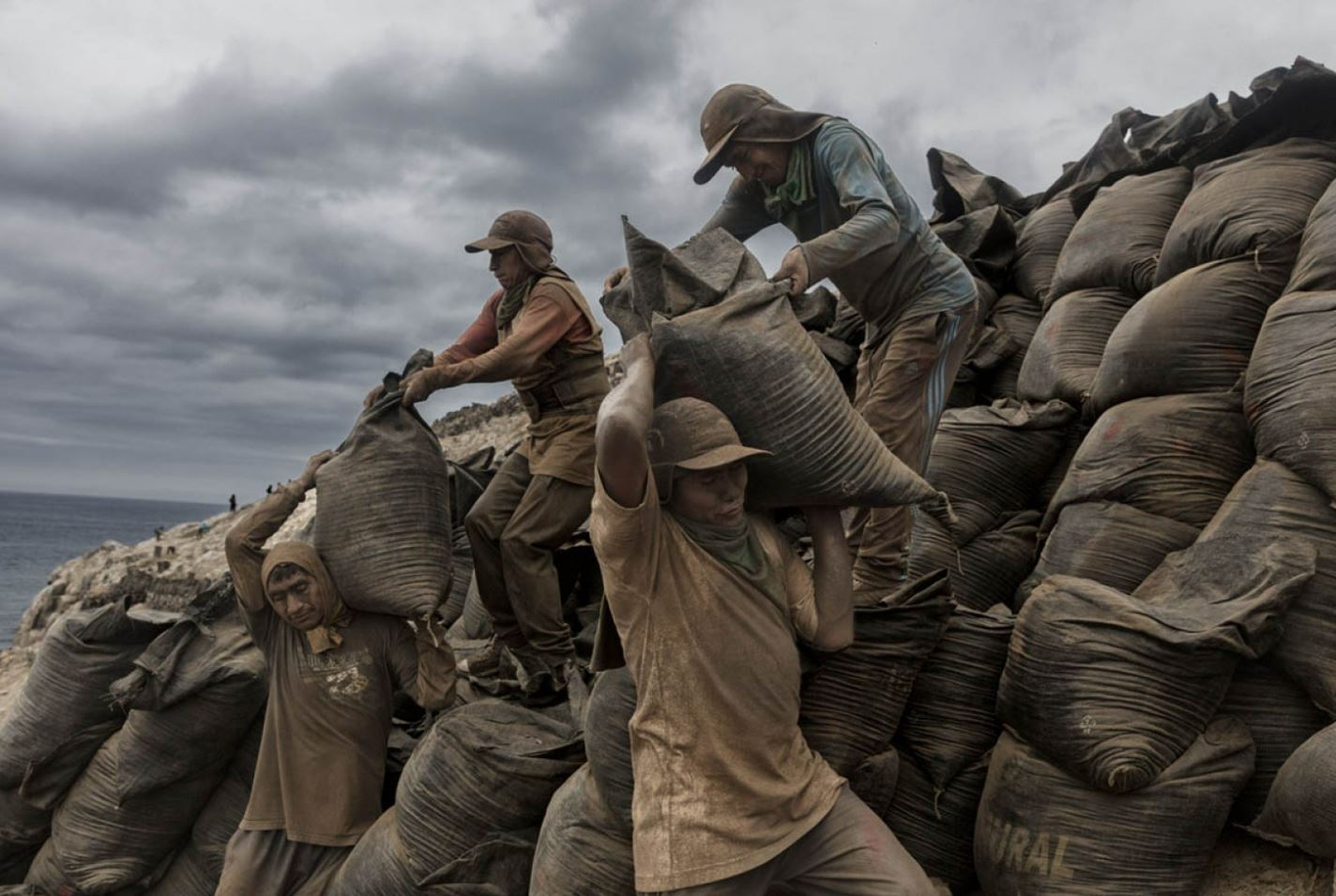While countries worldwide are facing shortages of imported fertilizer due to the Russian invasion of Ukraine, Peru has turned to a proven alternative: Bird droppings.
In the 19th century, fortunes were made and lost on guano, the potent droppings of fish-eating seabirds harvested by enslaved people from Africa and indigenous and Chinese laborers.
Guano is an excellent organic fertilizer with exceptionally high nitrogen, phosphate and potassium levels – all essential nutrients for plant growth.

Guano became such a valuable commodity that Chile went to war with Peru and Bolivia over its supply in the 1880s.
The Peruvian government has commissioned the naval vessel “Pelicano” to transport the pasty excrement of seabirds such as penguins and cormorants from coastal islands and peninsulas to the mainland, where the price of imported fertilizer has tripled or quadrupled.
The guano, sold at a subsidized price of about US$12.74 for a 50 kg bag, is purchased by farmers who cannot afford the rising costs of chemical fertilizers.
“The guano from the islands is a good fertilizer, and the price is reasonable,” explained Segundo Cruz, a farmer in Mala, an agricultural town about eighty kilometers south of Lima.
However, he worries that plants take longer to thrive with guano than with the chemical alternative.
Also, there is not enough guano to supply Peru’s 2.4 million small- and medium-sized farmers, about half of whom use imported urea and other fertilizers, according to the Ministry of Agriculture.
Guano is an excellent fertilizer, but its supply has a natural limit. About 30-40,000 tons are produced [annually], which is, at best, 5-10% of the national fertilizer demand.
A UN Food and Agriculture Organization report warns that a “perfect storm” of post-pandemic poverty, global inflation, and the climate crisis has doubled food insecurity in Peru, affecting more than half (50.3%) of its 33 million inhabitants.
According to figures from the Ministry of Agriculture, the price of a 50 kg bag of urea has tripled from about US$20 to US$65 as imports have fallen 58% compared to the average of the last seven years.
Peru’s fertilizer shortage may be part of a global problem, but local factors and President Pedro Castillo’s volatile leadership have only worsened the situation.
Fluctuation in Peru’s cabinet has reached an all-time high, with nearly seventy ministers appointed in just over a year-an average of about one minister per week.
Castillo, a former rural school teacher, is the first sitting president to face criminal investigations for alleged money laundering and membership in a criminal organization, as well as members of his family and inner circle.
But for now, the son of poor farmers continues to enjoy support in rural areas hardest hit by fertilizer price hikes.
With information from Latina Press

